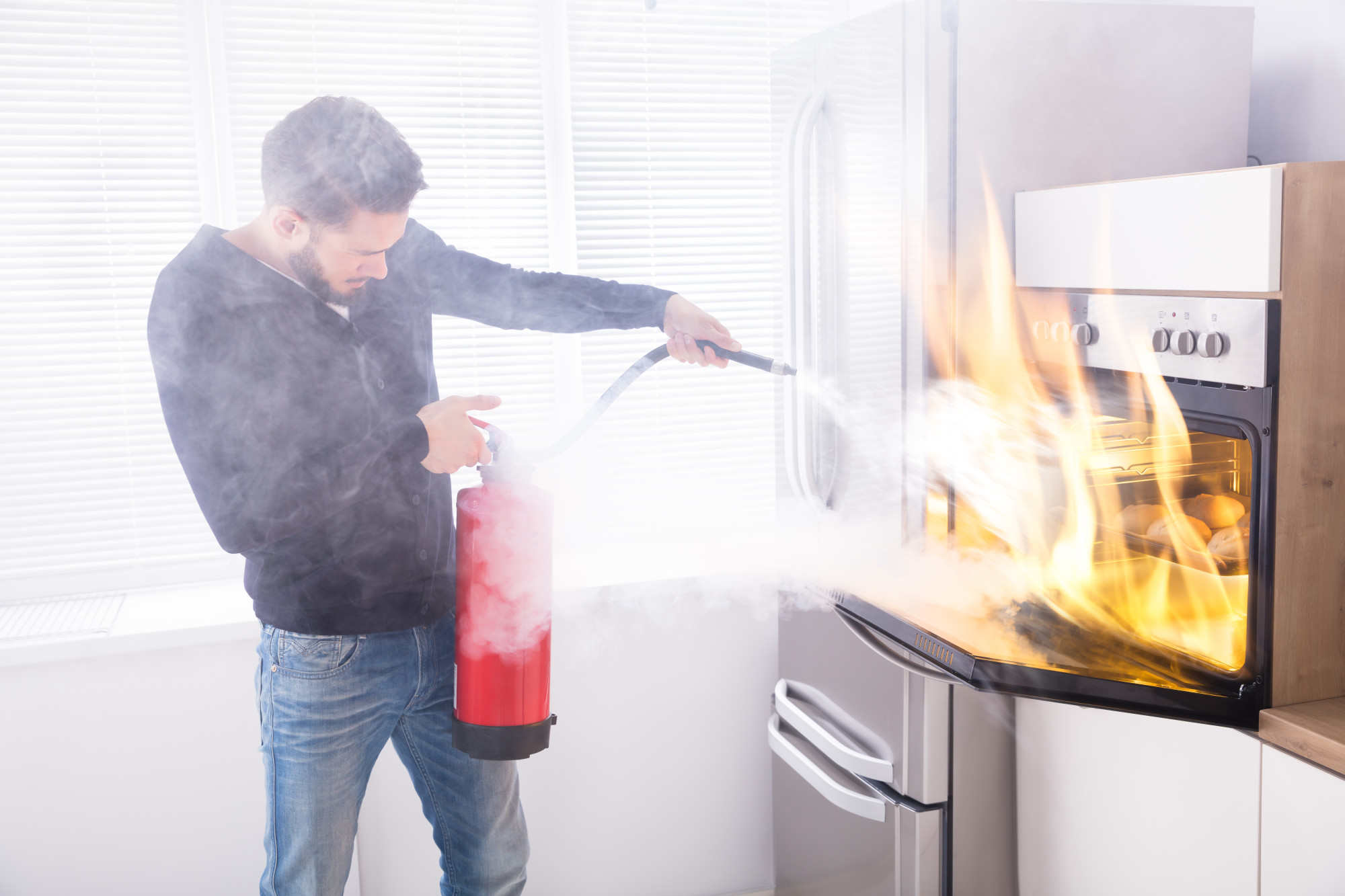Does your neighbor’s grass always look greener than yours?
If your tired of the grass always being greener on the other side (of the fence), we’re with you! It can be a real pain when, no matter what you do, your grass is always brown and patchy.
Luckily, you’re not alone. There are tons of people out there searching for how to get green grass, and we’ve got the answers you’re looking for.
Take a look at our guide to getting a green lawn and put your grass problems to bed for good.
Water Deeper and Less Frequently
If you’re a sucker for watering for a couple of minutes every day, this could be jeopardizing your chances of getting green grass! This is because the water will remain near the surface of the soil and your grassroots won’t grow further. By doing this, they stick to the less nutrient-rich soil at the top instead of going deeper down to where the good soil is.
Instead of frequent, short waters, opt for watering your grass for long periods of time every 5 days. In hotter weather, you might have to increase this to every 2-3 days. Leave your sprinklers on for 30 minutes and test that the soil is wet 6 inches into the ground.
Prevent Crabgrass Early
Once crabgrass starts growing, it’s too late! You need to catch this pesky stuff before it makes an appearance and ruins your green lawn. Apply a crabgrass preventer after every 2nd mowing of your lawn to keep your garden looking it’s best.
Prepare for Winter
If you want green grass, you need to start early. In fact, it’s a good idea to start your summer lawn maintenance in the fall, before your grass goes to sleep for the winter.
Before the cold really hits, fertilize your grass well. Even once your grass has gone into its hibernation-mode, it’ll still be soaking up all the nutrients from your fertilizer, giving it a head start on next year. It’s actually more important to fertilize in the fall than in the spring, although if you can do both then that’s best!
Test Your Soil pH
Any landscaping company that knows their stuff, like Cherry Oak Landscaping, will tell you the importance of testing the pH of your soil. Green grass will only grow in the soil it can thrive in, and that means soil with a balanced pH level. Your soil should always be between a pH of 6 and 7.2.
Some garden centers offer soil testing services, in which you scoop up about a tablespoon of soil and take it to them for testing. They’ll let you know what your pH is so that you can then get it just right. If your pH is too high treat it with sulfate or iron-sulfur; if it’s too low, treat it with pelletized limestone.
How to Get Green Grass
There are a lot of tips out there for how to get green grass, but there’s are some that should actually work. They’re based on a lot of landscaping knowledge and hopefully will help you achieve a healthier, greener lawn.
If you liked this article, be sure to check out more home and garden articles on our website!






